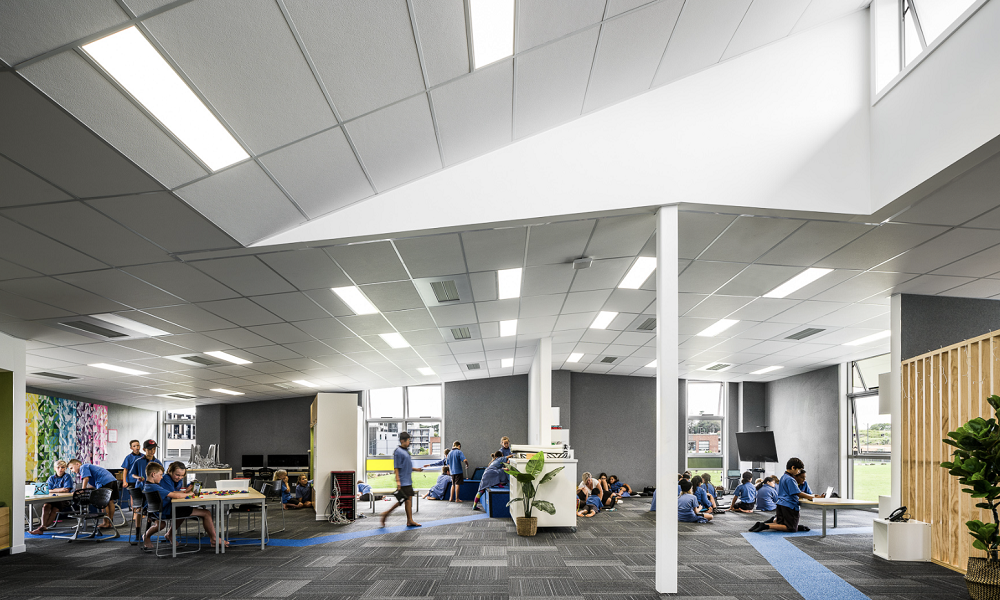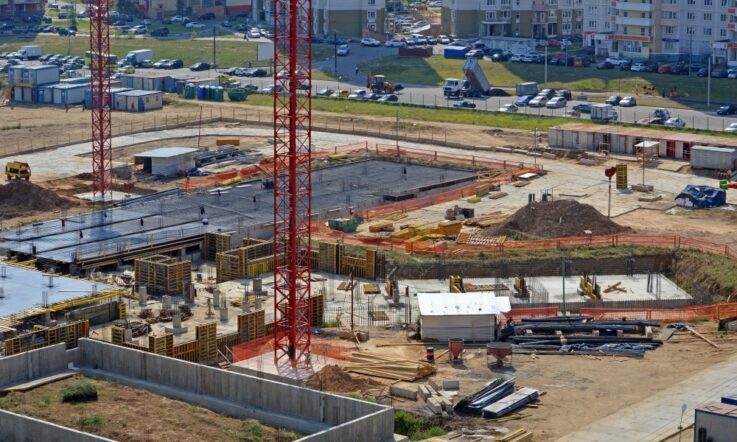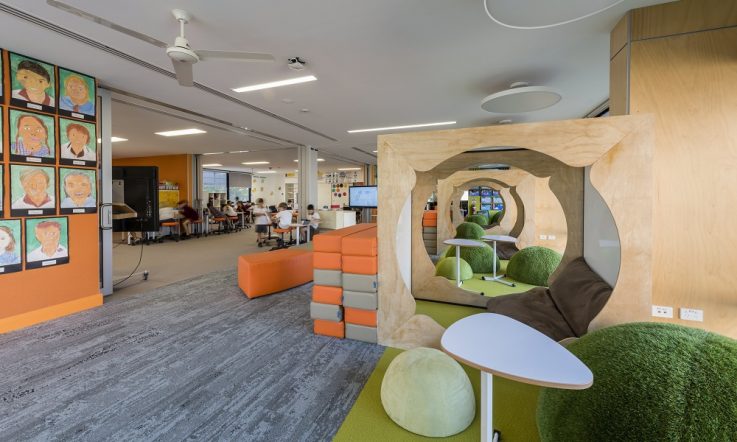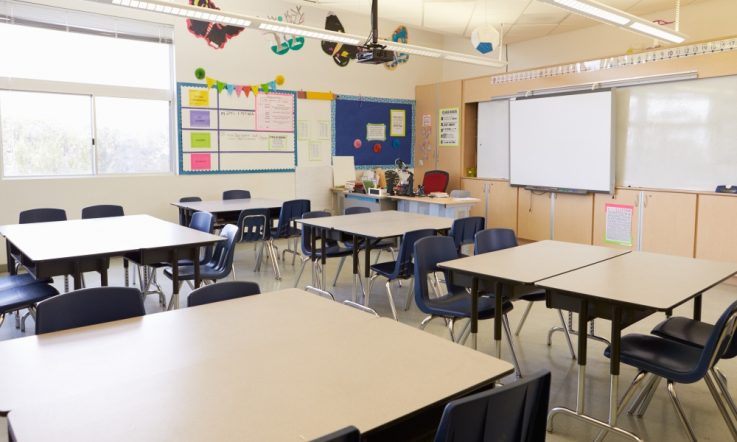How does the physical environment at your school impact the way you approach teaching and learning? Stonefields Primary School in New Zealand places a strong emphasis on vision and pedagogical alignment, the development of enabling architecture, impactful staff collaboration, and maintaining the learner (whānau) at the centre of decision-making.
It has been the same vision since the school’s inception in 2011, when it opened its doors to 50 students, and the entire school community has been actively enacting and improving on these intentions ever since.
Situated at the base of Maungarei (Mount Wellington) in Auckland, Stonefields now caters for 750 learners from years 0-8. Anita Unka has been a teacher for 24 years and has spent the last 9 years at the primary school. Her current role is the Leader of Learning for year 1/2. She says that the school would not be what it currently is without a persistent emphasis on their vision.
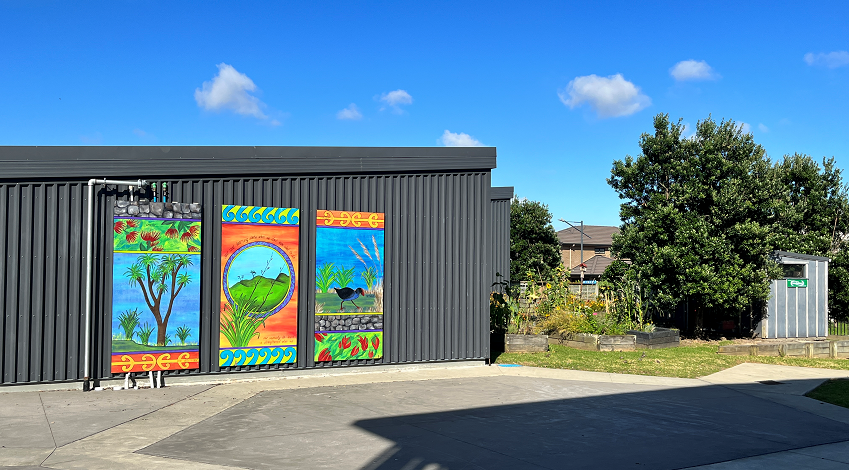
‘As a new school, we have the beauty of creating our vision, aligning it with our pedagogy and, from there, we’re forever building on that and it represents how we make decisions in the school,’ she tells Teacher.
Enabling architecture and learning spaces
The physical learning environment at Stonefields has a significant impact on the learning and teaching that takes place. In fact, Unka describes the learning space as ‘the fourth teacher in the room’. In any given learning space, there will be a ‘hub’ of students, comprised of about 70 learners and 3 teachers.
‘The learners move throughout the day, they’re not just with one teacher in one area. Reading might be done in a space where there’s more access to resources based for that, maths might be in a different area. A collaborative exercise might be in the room where the tables are all in a round shape, the walls have all got resources that they’ll need to access and just to display learning. And if it is collaboration, there are photos of what effective collaboration might look like,’ Unka shares.
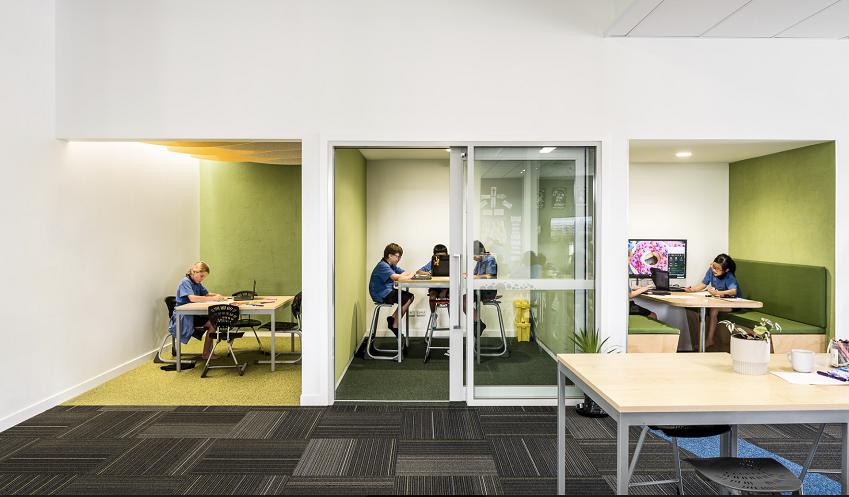
The modern learning environment is a big open plan area with a few breakout rooms, and little nooks for quiet work. ‘The way that the furniture is laid out, it can be quite directive teaching or whole group, or it could be quite small group based,’ Unka explains.
‘We have booths to create that more independent learning and hexagonal shaped tables that promote collaboration between children, so it's quite responsive to the needs of learning. It really creates student agency for learning through quite a young age, right through to the seniors. It’s really setting them up for the world that they are heading off into now.’
A focus on collaboration
Unka says the school places a very big emphasis on collaboration.
‘We talk about “hubs that hum” and that doesn’t just come by chance, you’ve really got to work at that. So that’s something you invest the time in, you bring up those conversations – “Are there any elephants in the room? What’s going on for everyone? What’s working? What’s not working?”
‘So, we have a real open culture at Stonefields and I think it’s really important to have that, to feel you have that ability to own it and everyone owns the space and everyone’s voice is so valued so that really helps to get that out there. The leadership, we work very collaboratively. It doesn’t feel very hierarchical here, so everyone is part of the decision making, which I think adds to the success.’
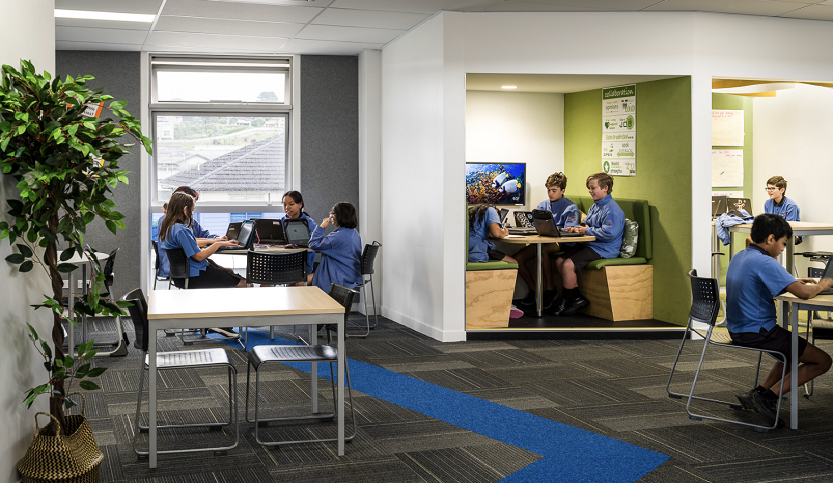
Unka says that the school projects to reach capacity at 1,020 enrolments, which means as the number of staff grows the challenge is to ensure that they all know each other well and share their learning together.
‘That’s always a challenge and so I think we’ve got some good structures in place where we meet together often and the professional learning is outlined right from the beginning of the year and we go through it each term,’ she says.
The school uses a learning management system called SchoolTalk to ensure teachers, learners and parents are all on the same page. It creates a record of learning for each student, that is visibly and collaboratively used by teachers, learners and parents.
‘It’s really fluid so parents can be part of that, and they can see what’s going on at school, the learner can see it, the teachers can see it. So it’s very collaborative and as a leader of learning I can go into anyone’s SchoolTalk and see the planning and what’s going on. And as we get better and better at it, we get more and more effective and collaborative with our planning and really share it,’ Unka shares.
Where to next?
Unka says that in everything they do at Stonefields, the staff are trying to engage students in things they’re passionate about.
‘It’s got to be rich, real and authentic learning opportunities, so it’s about what is it that hooks the hearts and minds of what we do? So that’s why it’s important to get their voice, our community’s voice, learning about their prior knowledge and measuring the engagement. Has it made a difference? What actions are we seeing now from that learning? So, there’s a lot of reflecting that goes on in the learning design that we do.’
Moving forward, Unka says one area she’s keen to develop is the use of outdoor learning environments.
‘We’re really innovative inside and using our space, but now I think we probably need to be looking at how we can be innovative outside and use that space. What’s the learning going to look like outside with sports and creative play? It’s such a big interest for our children, so what opportunities can we create in the outside environment to really support that?’
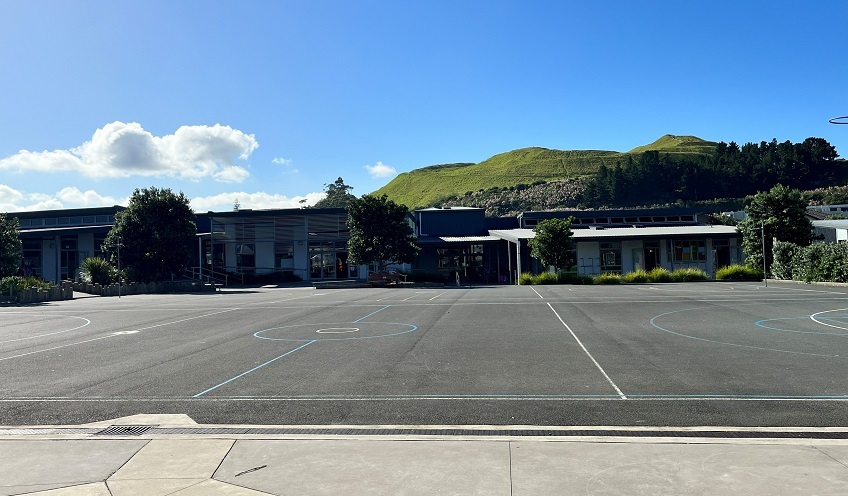
She says it’s about getting the balance right between what is critical for students to learn, but also keeping them engaged in their learning.
‘It’s about keeping them engaged and really graduating once they finish in year 8 with so many skills and qualities that they can be successful as they move on and become lifelong learners.’
How does the physical environment at your school impact the way you approach teaching and learning? How do you ensure you’re using the space to its full potential? Have you asked students for feedback on how they’d like to better use the space?
Think about the way that you approach staff collaboration at your school. Do you think there are any ways you could improve the way you work with your colleagues? What support do you need to do this better?
